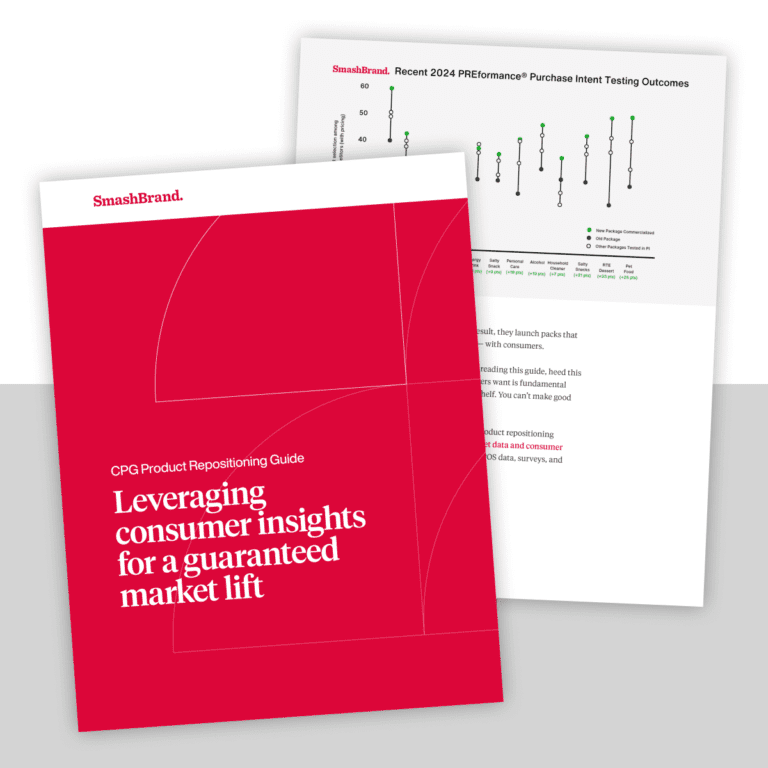Those of us blessed with the gift of color recognition adore a beautifully constructed color scheme. Whose heart doesn’t swell with warmth at the sight of a lovely bed of flowers, a gorgeous sunrise, or an artfully designed brand logo? Our eyes fill with tears of joy at the very thought. *Sniffle*
You see, striking and effective color combinations in logo design are vital to a logo’s effectiveness and success. Incorrect color usage can cause the entire aesthetic to fall apart, failing the advertising campaign, damaging the brand, and ultimately leading to the downfall of the company, possibly even harming mankind. But we don’t mean to frighten you, or anything.
How does one find the right color combinations without risking career annihilation? Well, we don’t want to give away all of our secrets, but in the interest of sparing you the indignity of explaining to your bosses why your logo disgusted your entire demographic, here are a few tips for picking the best, brightest, and most enticing colors.
Remember what Different Colors Mean
Different colors evoke different emotional responses. For example, red is commonly used to convey alarm or passion. Purple is widely associated with royalty and is generally regarded as a symbol of stately and dignified elegance. Green represents freshness, environmental awareness, or cash, depending upon your political affiliation.
Consider your target consumer base when selecting your colors. If your target market is young girls, a feminine and romantic color scheme, perhaps featuring pink, would likely be the best choice for your logo. An adult customer might respond to muted, subdued, or cool colors. If your audience is middle-aged or older, you might want something bright enough to override the effects of cataracts.
Bright colors do attract attention, but bold colors can be just as effective. Believe it or not, black is bold. It is also beautiful.
Keep it Simple, Sweetie
Complexity is delicate for foreign film plots, but it’s death for logos. The maximum number of colors the eye can distinguish is two or three complementary colors. A kaleidoscopic pattern may look cool and unique, but consumers are constantly assaulted with multi-colored images, products, apps, and screen savers; you don’t want to cause seizures.
Logos that use multiple colors successfully often employ a cascade of related colors, or colors with a common association, such as a rainbow pattern.
Make Sure Your Colors Are Easily Accessible
The world applauds creativity. Unfortunately, creativity sometimes comes at a cost. If you’ve mixed a special color for your logo—a subtle variation of violet that’s a touch less purple but with an iridescent sheen—we can virtually guarantee you that every single printing of your logo will be slightly and annoyingly different. Furthermore, most computers can still not depict all colors in the spectrum. If you’ve selected a specialty color, prepare yourself to find that every monitor displaying your logo will radiate back a color you didn’t anticipate.
If you’re interested in keeping your logo design both visually appealing, consistent, and economical, we suggest selecting one of the 256 colors considered web-safe. 256 is a huge assortment, and it’s not the specialness of the color that necessarily matters; it’s how the colors you’ve selected relate to each other and to the design you’ve created.
Get Feedback
Sadly, the most important opinions regarding logo designs are not those of graphic designers; the most critical opinions belong to the general public. Every graphic designer has created a logo design that is pure artistic genius and perfect in every respect, only to have it shot down by some band of consumers who know nothing. Whatever.
All kidding aside—yes, we are proud of our designs and confident that we are more than capable of producing a logo that is not only stylistically pleasing but also appealing to the consumer. However, we value the input of people who aren’t affiliated with design because they tell us how the public will look at our work.
Show your logo color scheme to your associates not affiliated with your brand or product and see how they respond. Even if you’re sold on the colors you’ve selected, if your private focus group looks at them and utters a collective “eww,” you might want to reconsider.
Color selection is both an art and a science, but no indecipherable code is involved; there is only judgment and taste. Pick colors that look good, make sense for your product and brand, and can be duplicated exactly, and your logo will be off to an excellent start.
Data-Driven Brand Development
Want a best-selling brand? SmashBrand is a data-driven brand development and packaging design company for FMCG and CPG brands. From brand strategy to packaging design testing, our Path To Performance™ process guarantees a retail performance lift. Book a time to discuss your project with our team.
Subscribe to
Nice Package.
SmashBrand’s Nice Package: Stay current with our latest insights
Free Resource.

CPG product repositioning guide.
Explore the five undeniable signs your CPG product needs repositioning along with strategies for leveraging consumer insights for a guaranteed market lift.
Download Whitepaper About CPG product repositioning guide.